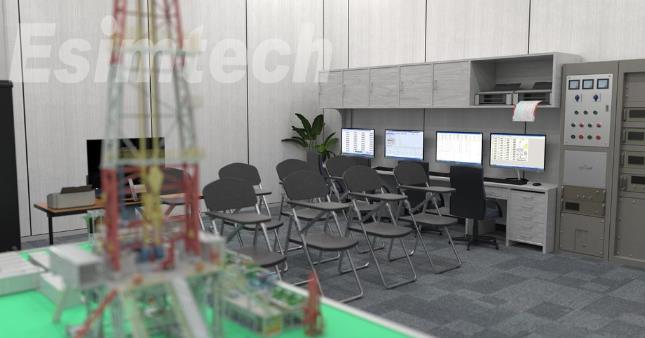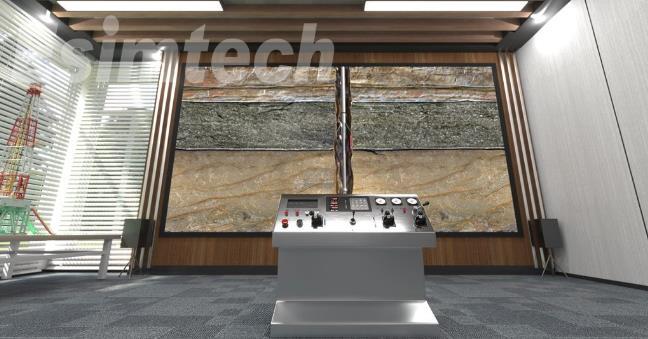In the intricate world of oil and gas exploration, understanding the hidden secrets of the subsurface is paramount. Enter well logging simulators, a technological marvel that brings to life the complexities of formation evaluation techniques. These simulators provide a digital window into the earth's layers, enabling professionals to unravel the mysteries of reservoir properties, lithology, and fluid content. In this article, we embark on a journey to understand the first step in this process: the diverse formation evaluation techniques replicated by well logging simulators.
Formation Evaluation Techniques and Their Significance
Formation evaluation is the art of deciphering the composition, characteristics, and potential of subsurface rock formations. It's a fundamental aspect of reservoir assessment that guides drilling, production, and reservoir management decisions. Well logging techniques play a pivotal role in this evaluation, and well logging simulators emulate these techniques to provide a comprehensive understanding of the subsurface.
Resistivity Logging: Simulators recreate the behavior of resistivity logging tools, allowing professionals to virtually measure the electrical resistance of formations. This aids in identifying the presence of hydrocarbons, estimating water saturation, and distinguishing between different rock types.
Porosity Determination: Well logging simulators mimic neutron and density logging, enabling the estimation of formation porosity. By analyzing the response of subsurface materials to neutron and gamma radiation, professionals gain insights into pore space and fluid content.
Gamma-Ray Logging: Simulated gamma-ray logs help identify radioactive materials in formations, assisting in the determination of lithology and shale content. This technique is invaluable for characterizing formations and assessing potential reservoirs.
Sonic Logging: Sonic well logging simulators replicate the behavior of sound waves traveling through formations. Professionals use these simulations to estimate formation mechanical properties, such as rock density and porosity.
The Role of Well Logging Simulators
Well logging simulators serve as a bridge between theory and practice, allowing professionals to conduct virtual formation evaluations before embarking on actual drilling operations. These simulators leverage advanced algorithms and computational models to replicate the behavior of downhole logging tools and sensors. By inputting data from real-world scenarios, professionals can observe how formations respond to different logging techniques without physically drilling a well.

Advantages of Formation Evaluation with Simulators
Cost Savings: Well logging simulators minimize the need for physical drilling, reducing costs associated with well operations and resource consumption.
Data Integrity: Simulators provide a controlled environment where professionals can isolate specific variables, ensuring accurate and consistent formation evaluation results.
Rapid Iteration and Learning: Simulators offer a platform for rapid iteration and learning. Professionals can experiment with various logging techniques and formation scenarios, refining their understanding of subsurface dynamics.
Training and Skill Enhancement: Aspiring geologists and petrophysicists can use well logging simulators to hone their interpretation skills, gaining confidence in log analysis and formation evaluation.
Risk Mitigation: Simulations allow professionals to identify potential challenges and complications early in the process, enabling informed decision-making and risk mitigation strategies.
Conclusion
Formation evaluation techniques are the cornerstone of successful oil and gas operations, providing critical insights into subsurface reservoirs. Well logging simulators amplify this process by offering a virtual laboratory where professionals can experiment, learn, and optimize their understanding of formation properties and characteristics. These simulators empower the industry with cost-effective, data-driven solutions that pave the way for more accurate reservoir assessments, efficient drilling operations, and informed decision-making, ultimately driving the pursuit of energy resources to new heights.
Esimetch has the ultimate well logging simulator, a state-of-the-art technology that revolutionizes the oil and gas industry. Our well-logging simulator is designed with customized software and hardware, precision mathematical and physical models, and timely and considerate after-sale service.
If you want to know more, please contact us.
